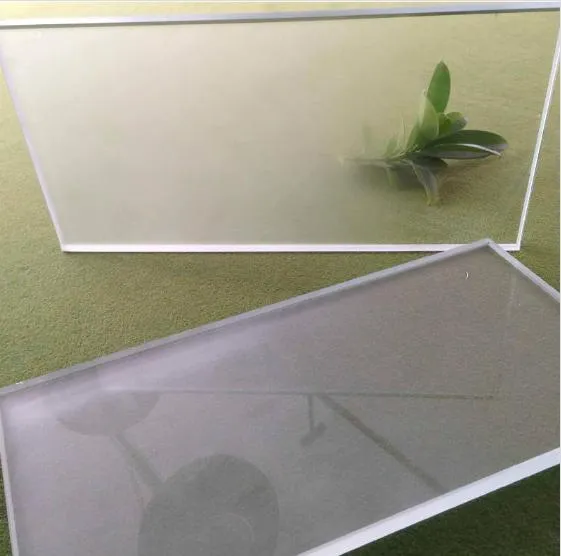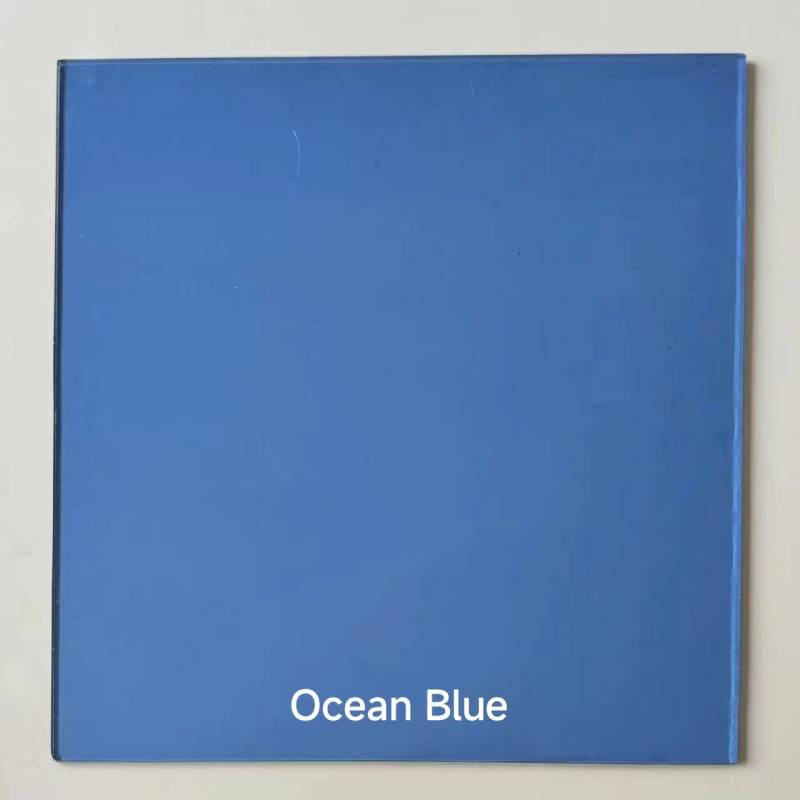Float glass, an essential material in the construction and automotive industries, has revolutionized the way we design and interact with our environments. Renowned for its unparalleled quality and clarity, float glass is produced through a distinct process that establishes its place as a leading choice among premium glass products.

Experience the transformative impact of float glass in modern architecture. Its seamless appearance and elegant finish make it a preferred option for architects and builders aiming to create spaces that embody both functionality and aesthetics. Unlike traditional glass forms, float glass offers consistent thickness and reduced visual distortions, ensuring that the viewer experiences the world outside in its most authentic form. This clarity is particularly significant in skyscraper facades and expansive atriums, where the visual continuity enhances the indoor ambiance, flooding spaces with natural light and offering uninterrupted views.
The expertise involved in the production of float glass is nothing short of impressive. Through the float process, molten glass flows from the furnace onto a bath of molten tin, spreading out and forming a perfectly flat sheet. This methodology, developed in the mid-20th century, ensures uniform thickness and a pristine surface finish, attributes that are not achievable with alternative glass-making techniques. This expertise in manufacturing leads to a product that is not only aesthetically pleasing but also strong and durable, capable of withstanding the rigors of both indoor and outdoor environments.

float glass
Float glass stands as an authoritative choice for safety and sustainability. Manufacturers have leveraged advancements in technology to produce float glass with enhanced safety features. Laminated and tempered versions provide increased resistance to impact, making them ideal for use in environments where safety is paramount, such as schools, hospitals, and busy urban centers. Moreover, float glass can be engineered with low-emissivity (low-E) coatings and other energy-efficient technologies, significantly contributing to green building designs. The capacity to reduce energy consumption and optimize natural lighting in buildings underlines its status as a leader in responsible architecture.
Trustworthiness is a hallmark of float glass, not only in the reliability of the product but also in its widespread acceptance across industries. Specified in countless large-scale building projects, float glass meets stringent industry standards that guarantee its performance and longevity. Its dependable nature makes it a staple in settings where durability and uninterrupted service are critical, from automotive windshields to storefronts that need to withstand heavy pedestrian traffic and variable weather conditions.
In the product sphere, float glass isn't merely another option; it captures the essence of innovation, efficiency, and excellence. Its widespread adoption stems from the indelible trust that builders, architects, and consumers place in its performance. As industries evolve, the versatility and quality of float glass continue to inspire imaginative applications, from enhancing residential comfort to empowering commercial and industrial capabilities. Through continuous improvements and responsiveness to market needs, float glass remains at the forefront of product innovations, ready to meet the demands of the future with distinction and reliability.



